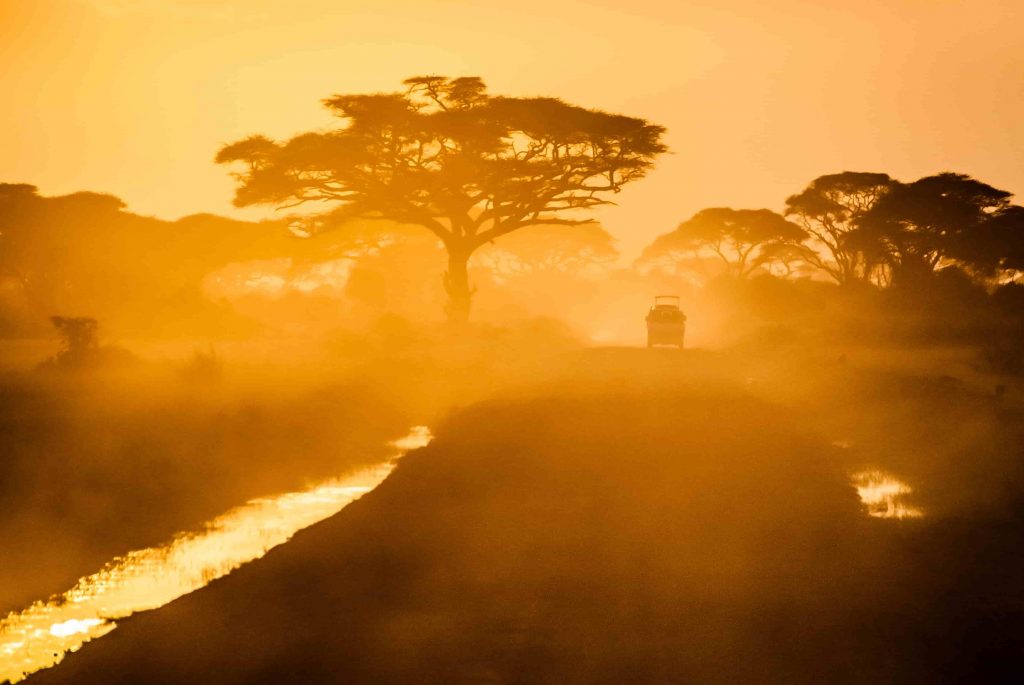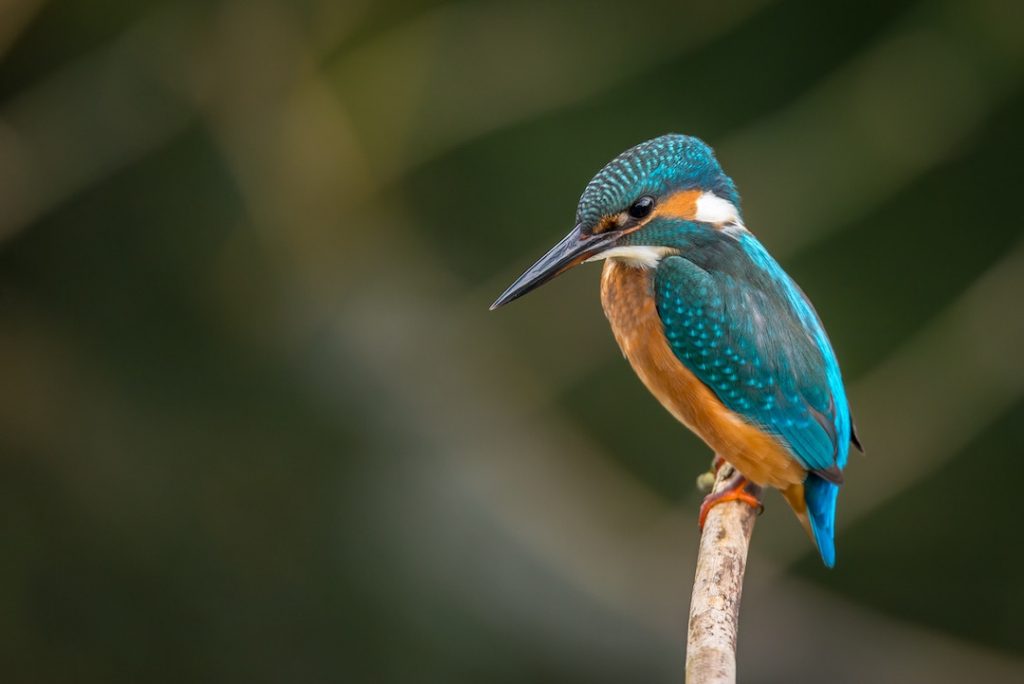If you’re interested in wildlife photography, you’ve probably come across an image that has left you slack-jawed and speechless at some point. If it really captured your attention, you might have even found yourself silently muttering something along the lines of, “How did they get shot?”
Truthfully, the majority of stunning wildlife photos don’t come easy. It takes a whole lot of time and practice — and an incredible amount of patience — to get a truly spectacular image.
If you’re just getting started in the world of nature and wildlife photography, use these essential beginner tips and tricks to take your photos to the next level.
1. Master your camera
If you take away only one tip from this article, let it be this one: master your camera. Give yourself plenty of time to learn your camera’s ISO capabilities, exposure compensation, focusing modes, and more.
Everything happens fast when you’re photographing wildlife, and it’s not like shooting landscapes where you can take time to adjust your settings. If you’re not familiar with your camera, its settings, and the abilities of your lenses, there’s a good chance you’ll end up missing out on some fantastic photo opportunities.
Simply put, learn as much about your gear as you can, and practice at home before you head out on that dream safari or adventure holiday.

2. Always be ready
Picture this: You’re sitting in a safari vehicle with your camera resting on the seat beside you and, suddenly, a lioness appears and begins to approach the vehicle. Slowly, she inches closer and closer and — just for a second — she locks eyes and pauses directly in front of you.
If you’re not poised and ready to shoot, there’s no way you’ll have enough time to capture that once-in-a-lifetime shot. So, remember to set your baseline settings before you head out, and make sure you’re fully ready to pick up your camera and shoot at a moment’s notice.
3. Shoot during the golden hours
Light is one of the most important factors in any form of photography — especially when it comes to wildlife photography. The easiest way to use light to your advantage? Shoot during the hour after sunrise and the hour before sunset, two times of the day known as the “golden hours” in photography.
During these times, the angle of the sun is low and the light gives everything a softer, warmer look. Locations that are overexposed at noon on a bright sunny day may be perfectly lit in the early morning or late afternoon, turning an ordinary photo into an extraordinary one.

4. Be prepared to wait
Patience is the name of the game in wildlife photography. Wild animals are highly unpredictable, and you (unfortunately) can’t ask them to look your way, pose on cue, or move where the light is better.
You have to be there — and ready — to grab your camera when they decide to appear or do something interesting. So, be prepared to wait and wait (and wait some more). It takes a long time to get good wildlife shots, and it takes even longer to capture remarkable ones.
Pro-trip: waiting is better with snacks.
5. Compose carefully
Whether your subject is moving or you’re waiting for it to do something interesting, try implementing the following two guidelines:
- Focus on the eye. Eyes are often the first thing we notice when looking at a photo of an animal. When the eyes are sharp, the overall image will feel sharp, even when you’re working with a shallow depth of field.
- Leave room for the animal to move in the frame. If you’re capturing an animal in motion, always leave room in the frame for them to move into. The same guideline applies if your subject is looking to the left or right — leave enough space in the direction they’re facing. Use negative space (the empty or open space around your subject) to add impact to your photos.
Of course, other basic photography tips — including the rule of thirds and leading lines — still apply here, but these two guidelines can make or break your shot.

6. Aim for simple backgrounds
The most dramatic wildlife photos typically include a simple background that doesn’t take away from the subject. Photos with a busy or distracting background, on the other hand, will result in your subject getting lost in the scene.
Ultimately, the goal is to highlight your subjects to make them stand out, and a blank (or mostly blank) canvas behind an animal will do just that. Sometimes you just need to shift your position by moving to the left or right by a few inches to craft a more favourable scene.
7. Get to know your subject
Since so much of wildlife photography is based on capturing an animal that may only be still for a few fleeting moments, it pays to be able to predict your subject’s behaviour.
Before you start taking photos, do some research about the animals you’ll be photographing. When are they most active? What do they eat? How do they react to human presence?
Understanding the innate behaviours of your subject can mean the difference between being ready to capture that short-lived, magical moment and missing it altogether.
8. Get creative
It’s all too easy to scroll through your Instagram feed and replicate popular shots you see online, but your unique flair and creativity is the best thing you can bring to your photography.
There’s nothing wrong with drawing inspiration from the pros, but don’t be afraid to experiment and commit to trying new things — whether that means crouching on the ground to shoot from a different perspective or using a longer lens to capture up-close shots.
The more you’re willing to step out of your comfort zone, the more you’re likely to produce a one-of-a-kind photo brimming with dimension and character.

9. Shoot, shoot, shoot (and shoot some more!)
When it comes to wildlife photography, more is, well, more. Try taking photos at different exposures, apertures, and shutter speeds to get an idea of what works best.
Shoot from a variety of angles and various times throughout the day to take advantage of different lighting conditions. When you’re just starting out, it can take hundreds of photos to produce a handful of good ones.
Pack extra SD cards so you can snap away without worry.
10. Respect the animals and the environment
Lastly, as a wildlife photographer, your absolute top priority should be to capture the best possible image of animals in their natural habitat, without harming or disturbing them in any way.
Getting your desired shot should never impact an animal’s day-to-day routine, sense of well-being, or the habitat in which it lives.
There’s no doubt wildlife photography is challenging, but it’s also an incredibly rewarding hobby. As a beginner, the best thing you can do is practice — so get out there and start implementing these ten photography tips and tricks today!
What’s your favourite destination to photograph wildlife? Tell us in the comments below!


